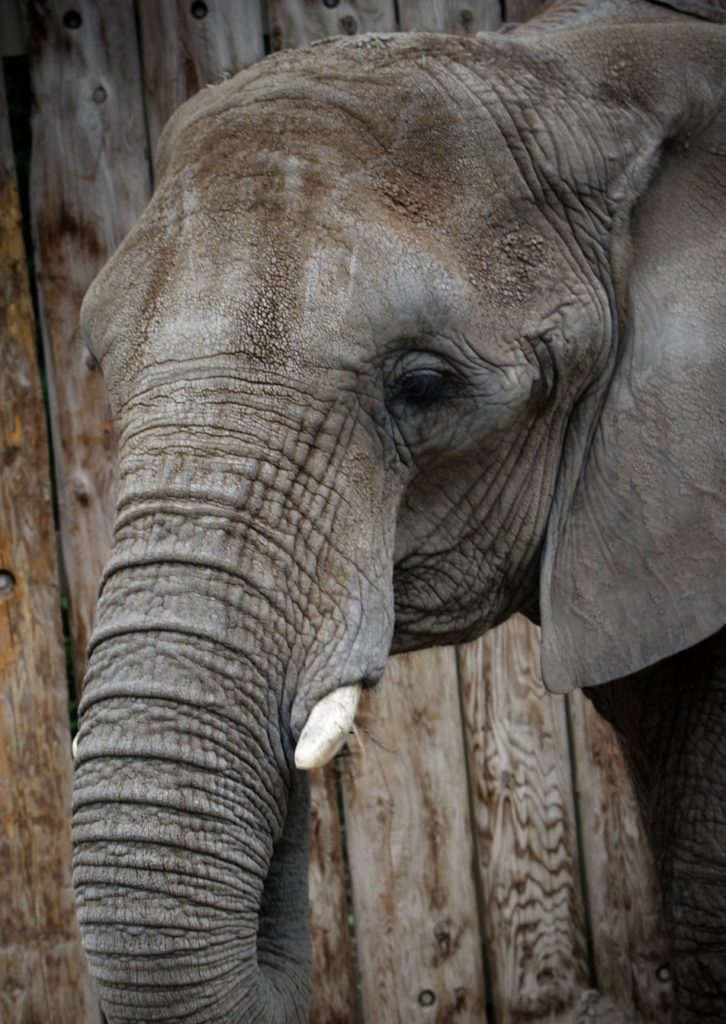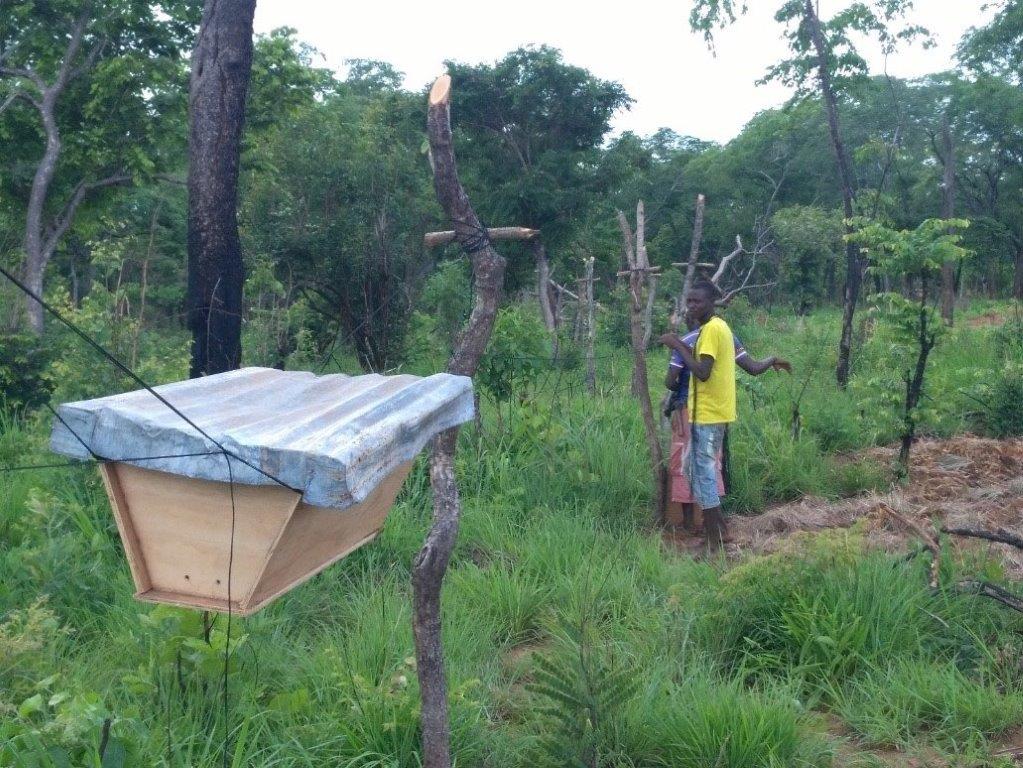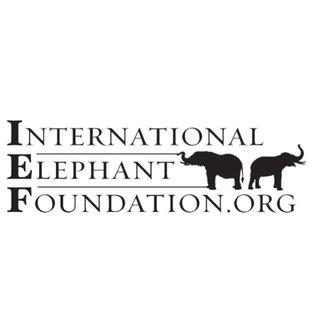You can help our conservation efforts by making a tax-deductible donation to Utah’s Hogle Zoo.
Utah's Hogle Zoo
Conserving the African Elephant

Species' Stats
- Current Number in the wild: 400,000 – 450,000
- Population Trend: Decreasing
- Located In: Botswana, Africa
- Animal Type: Land Mammal
Why they Need our Help
The African elephant has a range of up to 1,200 square miles and can weigh up to 14,000 lbs. These giant herbivores used to roam freely, but years of poaching and human conflict have caused populations to rapidly decline. Between 1979 and 1987 alone, half of Africa’s elephant population was lost to the ivory trade.
Poaching is not the only contributor. Humans and wildlife are increasingly coming in contact with each other, sharing spaces and resources. As humans develop more areas, wildlife habitats more accessible to poachers. Problems such as these are complex and strategies need to be multi-faceted to be successful.


Our Work
Utah’s Hogle Zoo, with the help of international partners, is taking action to curb the conflict. Our efforts include securing habitat for elephants, providing the tools to safeguard them, stopping the demand for ivory, and developing community-based solutions in surrounding villages.
Beehive Fencing in Niassa
Utah’s Hogle Zoo works in tandem with the Niassa National Reserve to conserve the elephant population in Africa. To reduce elephant crop-raiding, the reserve has implemented beehive “fences” to deter the humongous herbivores because elephants do not like bees. A study conducted by Niassa’s community manager, Mbumba Marufo, found that beehive fences reduced elephant crop-raiding by 60%. This is a long-term, cost-effective method of minimizing human-wildlife conflict that is both community-based and sustainable.
In addition to protecting crops, beehive fencing has led to “elephant-friendly honey”. By selling the honey that the hive bees produce, beehive fence owners are provided with an additional source of income. The hives also have the added benefit of helping to pollinate the crops within the community.

Murchisan Falls National Park: Rangers
Murchison Falls National Park is the largest national park in Uganda, surrounding the Victoria Nile. It boasts some of the most diverse species in Africa. This park is important in both the conservation of African biodiversity and eco-tourism.
Working with the International Elephant Foundation (IEF), Utah’s Hogle Zoo has helped construct Rangers Stations throughout MFNP to tackle the ever present threat of poaching. With stations as bases, rangers are able to protect the parks wild residents from poachers, as well as collect snares and leg hold traps which maim and kill elephants and other animals. IEF has noted that wildlife is returning where ranger stations have been established.
Utah’s Hogle Zoo continues to work with IEF to expand the capacity of ranger facilities in MFNP to increase ranger safety and promote staff retention.
Gorongosa National Park: Ecological Research
Gorongosa National Park is a preserved wildlife area located in central Mozambique. There, the expansion of cropland to support the park’s roughly 200,000 residents has caused complications for the local elephant population. Gorongosa’s elephants currently inhabit only 10% of their former range and are concentrated on the borders of human development and agriculture. This has put the risk of elephant crop-raiding at an all-time high, creating the threat of food insecurity and increasing the chances of illegal elephant poaching in the area.
The Elephant Ecology Project is an organization that works to combat this issue. In Gorongosa, they secure corridors of wild habitat, encouraging the natural migration patterns of elephants while still promoting their co-existence with local villagers. At Utah’s Hogle Zoo, guests contribute directly to the EEP initiative when purchasing Gorongosa coffee at the Beastro or Gift Shop.

Outreach and Education: 96 elephants
Utah’s Hogle Zoo is proud to partner with The Wildlife Conservation Society’s 96 Elephants program.
In July 2016, the USA implemented a near-total ban on trade in African elephant ivory. China shortly followed by banning in-country ivory trade in December of 2017. Despite these monumental changes in international policy, ivory is still in high demand. We must all support a shift in ivory trade culture by discouraging the use of wildlife parts for fashion, ornaments, or trinkets.
Partners
